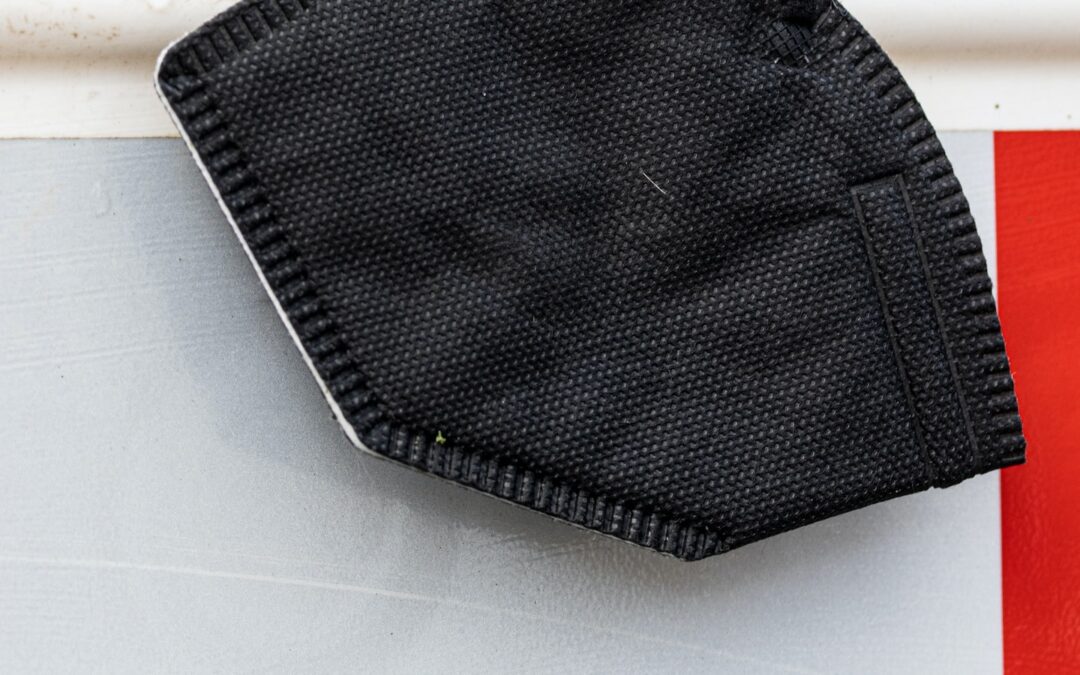Protecting Fiddo From Fleas & Ticks Year-Round
Nothing is worse than seeing your beloved Fido scratch and itch all day. Year-round flea and tick protection is essential to prevent any skin irritation and potential illnesses your pet could be exposed to due to these small but pesky parasites. In this article, we will discuss the various ways to treat and protect Fido from fleas and ticks all year long.
Spot-on Treatments
Spot-on treatments deliver flea and tick protection directly to the skin of your pet. Spot-ons are great for those who don’t have time to bathe or groom their furry friend on a regular basis. Common spot-ons include topical flea and tick medications, such as Frontline and PetArmor. Be sure to follow the instructions on the product as most are only effective against adult fleas and ticks, while others also kill eggs, larvae, and pupae.
When to Administer
Spot-on treatments should be administered once a month and should not be used on puppies and kittens under 8 weeks of age. Depending on the product, spot-ons vary in strength and exposure time, with some lasting up to 3 months. Make sure to follow the instructions thoroughly and purchase only products that state they are safe to use with your pet.
Storage & Safety
Always store spot-on treatments away from both children and pets. After administration, make sure to observe your pet for a few days as some cats and dogs can become distressed after application. If your pet does not appear healthy or exhibits any behavioral changes, contact your veterinarian immediately.
Bathing & Grooming
Bathing and regular grooming are great alternatives for those who do not wish to use spot-on treatments. Flea and tick shampoos, or grooming products such as sprays, powders, and shampoos, can be an effective way to treat your pet. This method is also more accessible and targets eggs, larvae, and pupae in addition to adult fleas and ticks.
Pre-Treatment
Before therapy, it is important to brush your pet’s coat completely to remove any dirt, dead fur, and dandruff. Next, wet the fur and apply the shampoo while gently lathering the fur with circular motions. Fleas and ticks will be drawn out of the hair and towards the skin, making them ripe for treatment. Leave the shampoo on for a few minutes for full efficiency.
Post-Treatment
When cleaning Fido, make sure to rinse out all of the shampoo from the fur. This can easily be done with a hose or bucket of water. After the shampoo has been removed, let the fur dry. For extra protection, a flea and tick collar or an herbal oil blend can also be applied after bathing.
Environmental Control
If treating your pet wasn’t enough, it is important to prevent fleas and ticks from thriving in the environment. Wash your pet’s bedding and their favorite blankets regularly and vacuum all surfaces often. Make sure to dispose of the vacuum bags afterwards and keep the yard clipped and groomed.
Natural Repellents
Chemical-based products such as sprays and shampoos should be avoided when possible, as they can be dangerous for both pets and humans. Instead, it is better to purchase natural flea and tick repellents such as cedar oil, lemongrass oil, and eucalyptus oil.
Citronella Collar
Citronella collars are also a great option for repelling insects and act as a natural bug repellent. Citronella has long been a natural alternative to chemical-based repellents as it is safe for pets and humans alike. Be sure to never leave a citronella collar on your pet unattended or for more than a few hours at a time, as it can cause irritation to their skin and coat.
People Also Ask
What is the best flea and tick prevention?
The best flea and tick prevention includes using spot-on treatments, consistent bathing and grooming, and effective environmental control.
How often should I treat my pet?
Your pet should be treated for fleas and ticks at least once a month. You may also want to vary your techniques, such as alternating between spot-on treatments and bathing and grooming.
What is the best flea and tick shampoo?
The best flea and tick shampoos contain natural ingredients such as cedar oil, lemongrass oil, and eucalyptus oil.
Are flea and tick collars safe?
Flea and tick collars are generally safe, however it is important to keep an eye on your pet and ensure that the collar is not too tight and is not causing any irritation. Citronella collars are also an effective and natural alternative to chemical-based collars.
How do I get rid of fleas and ticks in my house?
The best way to get rid of fleas and ticks in your home is to use a combination of regular cleaning, vacuuming, and natural insect repellents.
Final Words
Fleas and ticks can be pesky but can be controlled with the right treatments. We hope this article has equipped you with the tools to keep your furry friend healthy and free from these parasites all year long.

